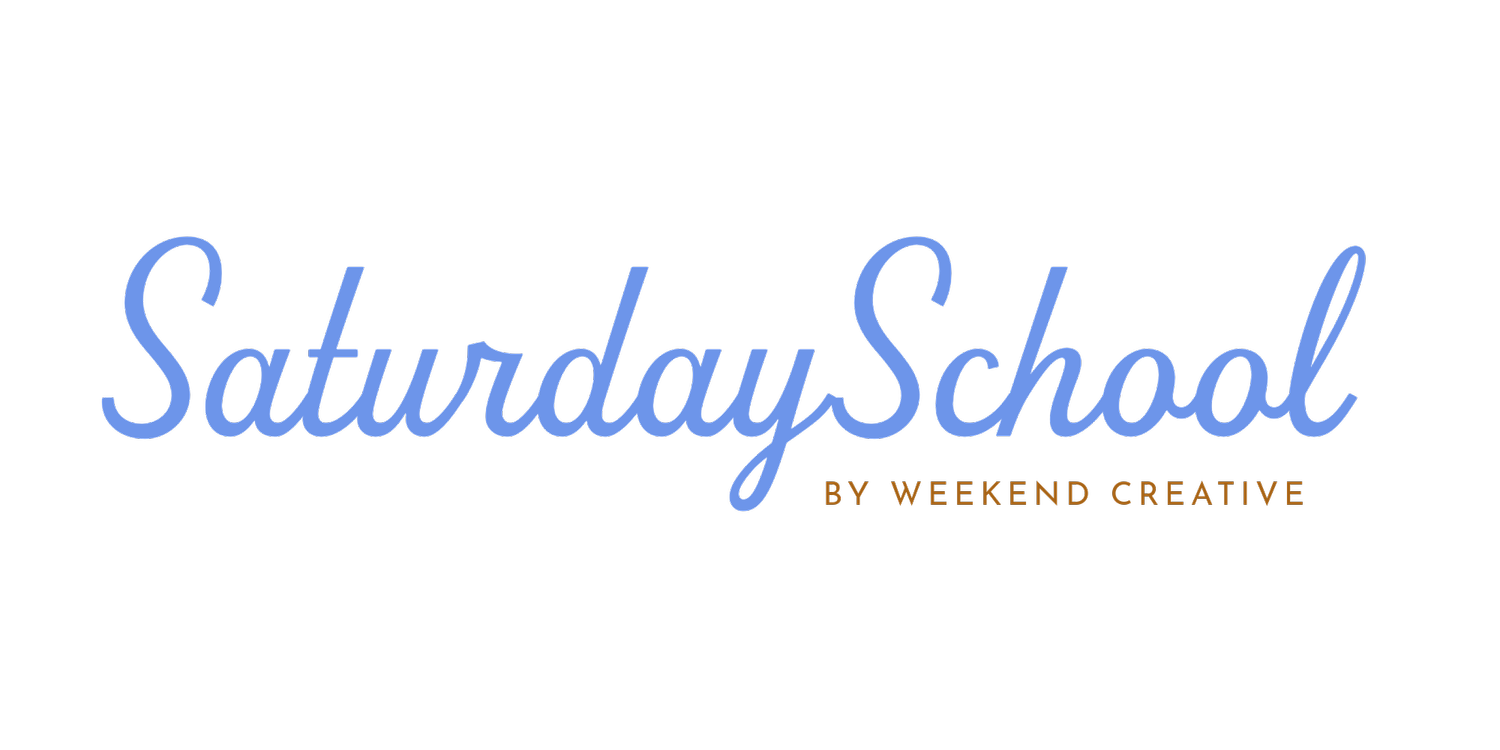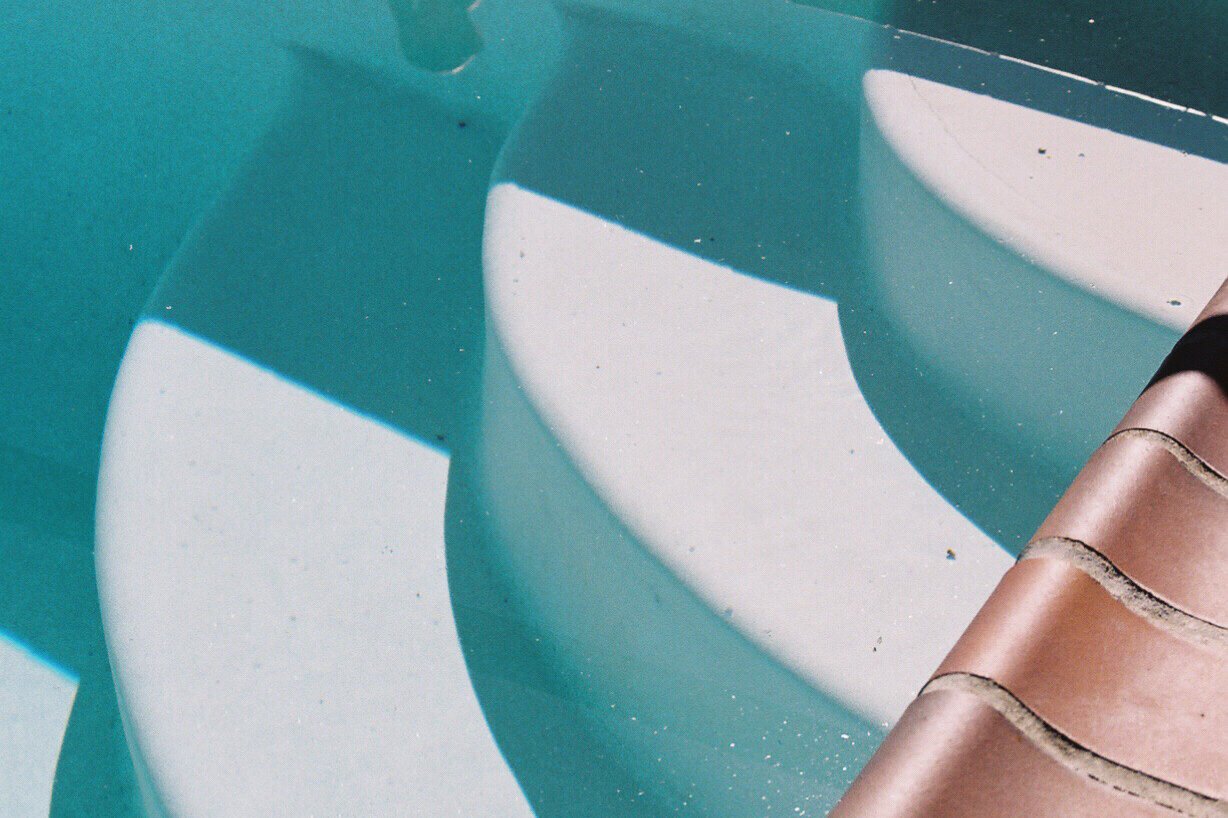What I Learned From Shooting Film
Learning to shoot film was honestly one of the best experiences I had during my college career. Having been raised up in the digital age, I grew used to shooting endless amounts of photos and being able to review them instantly. With film photography, you're likely shooting 24 or 36 shots per roll and sometimes it can take anywhere from a few days to a couple of weeks to see your work. The beauty of delayed gratification. Since taking a film course in college (shoutout to my professor Brian Taylor), this type of photography has proved to be so invaluable in many ways. Below you will find some of the major lessons I have learned from shooting film.
Being Intentional
For starters, film is expensive. One roll of film can cost anywhere between $7 and $20. With such a small number of exposures per roll, it's crucial to be more intentional with every shot as you're paying almost .50 cents per exposure. When I shoot digital, it's very easy to take hundreds of photos because I know that I'll have gotten at least a handful of good shots. Shooting film, however, has taught me to slow down. By clicking less, I become more aware of all the other details in my scene that I'd normally skip if I was constantly reviewing my images on a LCD screen.
The Right Moment
Shooting film has quite arguably forced me to learn a lot of the technical stuff about photography such as ISO, shutter speed, aperture, and etc. At the same time, working in this medium has allowed me to focus on just shooting creatively and finding those right moments to press click.
For my film class, I borrowed a really old camera from my boyfriend's dad who used it during college while studying architecture. This camera, a Nikon FM10, quickly became my favorite over my Canon Rebel T3i. The film camera had a built-in light meter that let me know if my shot was overexposed, underexposed, or just right when I pressed halfway through the shutter button. It was so easy to just pop in a roll of film, set my shutter and aperture, and just start shooting. Street photography became so much more fun and interesting because I wasn't messing with ISO or white balance as I would have shooting manual with a digital camera. Finding those sweet compositions, witty moments, or interesting subjects became the focus.
One of my favorite quotes by film photographer Andre D. Wagner in which he explains why he loves working with film:
“When I think about the way I shoot and why I love working with film, the whole thing just makes sense because street photography or social documentary photography, you’re trying to create images that speak to something larger about the world or you. To be able to do that you have to get rid of all distractions. You have to get rid of thinking about your camera, your focal lens, the settings— getting rid of all these things, which is why I like my camera. All I have is shutter and aperture, there’s only a little bit I have to do. I don’t have to think about ISO or white balance or all these things that can distract from making powerful images. That’s really what photography is about, how we see the world and render something in our selection. Selection is what makes us valuable. That frame, that kid, that family, our isolations is what makes us valuable. We’re all limited to what we can see and understand, it’s trying to see more. Killing the camera and focusing on seeing.”
— Andre D. Wagner
Accepting Failure
Repeat after me: Failure is OK. This lesson could not be more true when pursuing photography. Failing is the only way we all learn and become better. I once made the mistake of not double checking that the roll of film had been put in my camera correctly and while I thought I was taking a lot of great shots, I actually hadn't exposed a single image and got back a complete blank roll from the lab. It was heartbreaking but since then, I always make sure my roll has been loaded correctly.
Aside from the obvious failures (ugh!), shooting film photography can quite literally be a roll of the dice. Sometimes you might think you know what your shots will look like and other times you don't. Once you've sent your images off to a lab, it becomes a waiting game for success or disaster.
There will always be times where your images don't come out as expected but you just have to accept the failure, learn from it, and move on. My favorite kind of failures are the ones where happy accidents occur. I love when I accidentally create double exposures and it happens to look super cool.
If you haven't dabbled in film photography, I highly suggest trying it out. Talk to your relatives. I'm positive one of them will have an old film camera lying around collecting dust. That's one of the best things about film photography itself. Getting equipment is the easiest part. Find your local film store, buy a roll of film, learn to load it, and get out there. Once you get the hang of shooting, you'll quickly realize how special this medium really is and the kind of lessons it can teach you.
Is it the weekend yet?
Arabela










